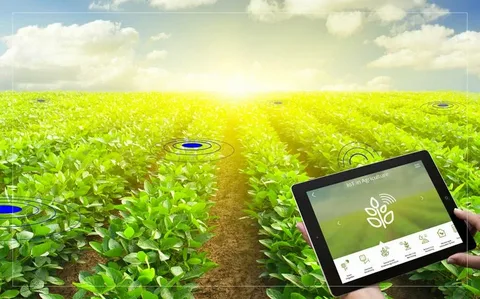The agriculture sector is undergoing a technological revolution, and one of the key innovations driving this change is smart agriculture sensors. These devices allow farmers to monitor soil, water, and crops with precision, improving productivity while reducing environmental impact. By integrating sensors into daily farming practices, farmers can make data-driven decisions that enhance efficiency and sustainability.
Understanding Smart Agriculture Sensors
Smart agriculture sensors are advanced tools that collect real-time data from the field. They are designed to measure a wide range of parameters such as soil moisture, nutrient levels, crop health, and water quality. By providing accurate and timely information, these sensors help farmers identify problems early, optimize resource use, and increase crop yields.
Monitoring Soil with Smart Sensors
Soil is the foundation of agriculture, and its health directly affects crop production. Smart agriculture sensors can monitor soil parameters such as pH, temperature, and nutrient content. This information allows farmers to determine the exact type and amount of fertilizers needed, minimizing waste and preventing soil degradation. Soil sensors also help in detecting early signs of drought stress or nutrient deficiencies, ensuring crops remain healthy throughout the growing season.
Monitoring Water for Efficient Irrigation
Water management is critical for sustainable farming. Smart sensors can measure soil moisture, water flow, and irrigation system efficiency. With real-time data, farmers can implement precise irrigation schedules, reducing water wastage and improving crop growth. By monitoring water usage through smart agriculture sensors, farms can achieve higher water efficiency, which is especially important in regions facing water scarcity.
Monitoring Crop Health
Beyond soil and water, crop health is another critical factor in maximizing agricultural productivity. Smart agriculture sensors can track plant growth, detect pest infestations, and monitor environmental stressors such as temperature and humidity. By identifying issues early, farmers can take corrective measures to protect crops, reduce losses, and ensure consistent yields.
Conclusion
The adoption of smart agriculture sensors: monitoring soil, water, and crops is transforming modern farming. By leveraging these technologies, farmers can optimize resources, improve crop quality, and move toward sustainable agricultural practices. As the agricultural landscape becomes increasingly technology-driven, smart sensors are proving to be indispensable tools for efficient and productive farming.

